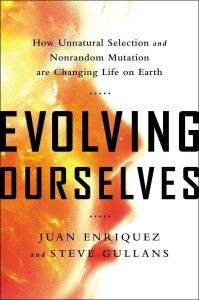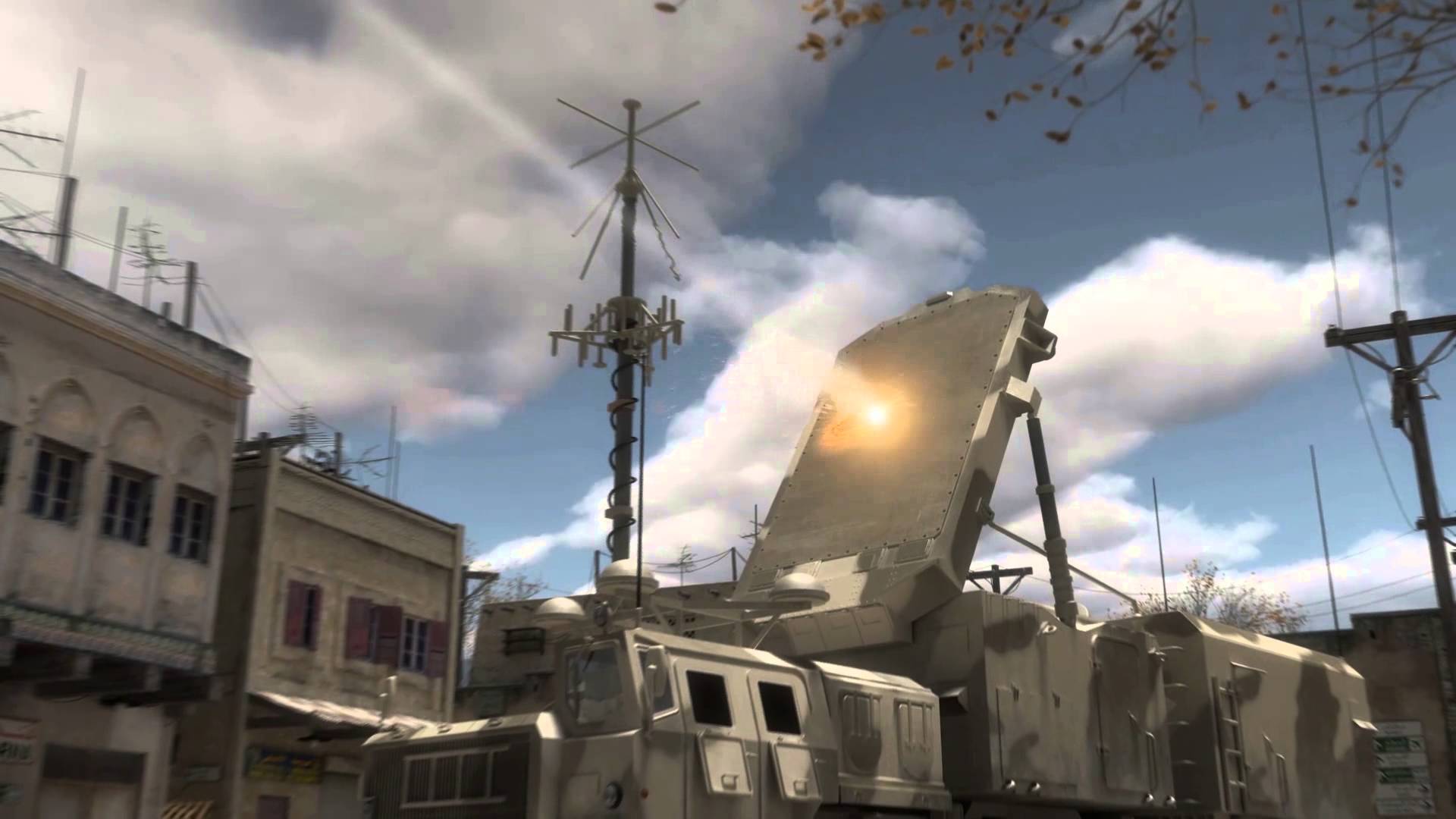Dec 29, 2015
Speculation mounts over Elon Musk’s Mars plan
Posted by Klaus Baldauf in categories: Elon Musk, space travel
Some of SpaceX’s most ardent fans are guessing at the shape of the biggest thing to come: the Mars Colonial Transporter.
Some of SpaceX’s most ardent fans are guessing at the shape of the biggest thing to come: the Mars Colonial Transporter.
At one time or another, we’ve all been encouraged to “maximize our potential.” In a recent interview, Academic and Entrepreneur Juan Enriquez said that mankind is making progress toward expanding beyond its potential. And the changes, he believes, could be profound.
To illustrate the process, Enriquez theorized what might happen if we were to bring Charles Darwin back to life and drop him in the middle of Trafalgar Square. As Darwin takes out his notebook and starts observing, Enriquez suggested he would likely see what might appear to be a different species. Since Darwin’s time, humans have grown taller, and with 1.5 billion obese people, larger. Darwin might also notice some other features too that many of us take for granted — there are more senior citizens, more people with all their teeth, a lot fewer wrinkles, and even some 70-year-olds running in marathons.
“There’s a whole series of morphologies that are just different about our bodies, but we don’t notice it. We don’t notice we’ve doubled the lifespan of humans in the last century,” Enriquez said. “We don’t notice how many more informations (sic) come into a brain in a single day versus what used to come in in a lifetime. So, across almost every part of humanity, there have been huge changes.”
Part of the difference that Darwin would see, Enriquez noted, is that natural selection no longer applies as strongly to life and death as it once did. Further, random gene mutations that led to some advantages kept getting passed down to generations and became part of the species. The largest difference, however, is our ongoing move toward intelligent design, he said.
Continue reading “Can We Evolve Ourselves To Expand Beyond Human Potential?” »
“[R]igorous scientific new arguments for a swift move to a circular economy – an industrial system that is restorative by intention and design. Rather than discarding products before their value is fully utilized, we should design and produce them for continuous re-use.”
A Chinese company building a massive animal cloning facility doesn’t want to limit itself to just replicating cattle and pets but hopes to move into the human cloning business in the future. The company, Boyalife Group, possesses the technology to do so, its CEO, Xiaochun Xo, told AFP, but to date has been “self-restrained” because it fears public backlash.
A Chinese company is claiming it has the technology to clone humans but is holding off because it says the public isn’t ready. That’s likely true, experts say, and it’s not likely to change because there isn’t a powerful enough medical reason that could swing public opinion.
A beam splitter is placed in a quantum superposition state of being both active and inactive allowing the wave and particle aspects of the system to be observed in a single setup.
Better cameras, along with more powerful algorithms for computer vision and emotion-sensing facial analysis software, could transform the way we interact with our devices.
By Andrew Moore on December 28, 2015.
Blinded by the light of a falling meteor, David has a devastating car accident, leading to a profound discovery: an extra-terrestrial organism that may contain the secret of life itself. When David goes missing for two days, Annabelle searches for her father only to discover him wandering the forest, without so much as a scratch. David’s mysterious reappearance draws the attention of federal authorities and gives Annabelle reason to doubt his sanity. But David has a new sense of purpose, fueled by nightmarish visions. Driven by what he believes is an otherworldly purpose, David must convince Annabelle to believe him and complete his task before government agents can stop him, and before the world destroys itself.

A laser set to begin live-fire tests at White Sands Missile Range, New Mexico, in January uses rare earth minerals. It was developed by General Atomics Aeronautical Systems Inc. of Poway, Calif., the company that produced the revolutionary MQ-1 Predator drone. Its precise power levels are classified, but Michael Perry, the company’s vice president for laser programs, said the experimental weapon’s beam is in the 150-kilowatt class. That’s more than 100 times the power needed to heat an electric oven to 350 degrees.
The General Atomics laser is five times more powerful than the only laser the military has fielded, the 30-kilowatt-class Laser Weapon System, a fiber laser the Navy developed that has knocked down small drones and crippled small boat swarms in tests at short range. That laser was installed on the USS Ponce, an Afloat Forward Staging Base deployed to the Middle East, in 2014. This past October, the Navy awarded Northrop Grumman a $53 million contract to develop a more powerful shipboard laser.
